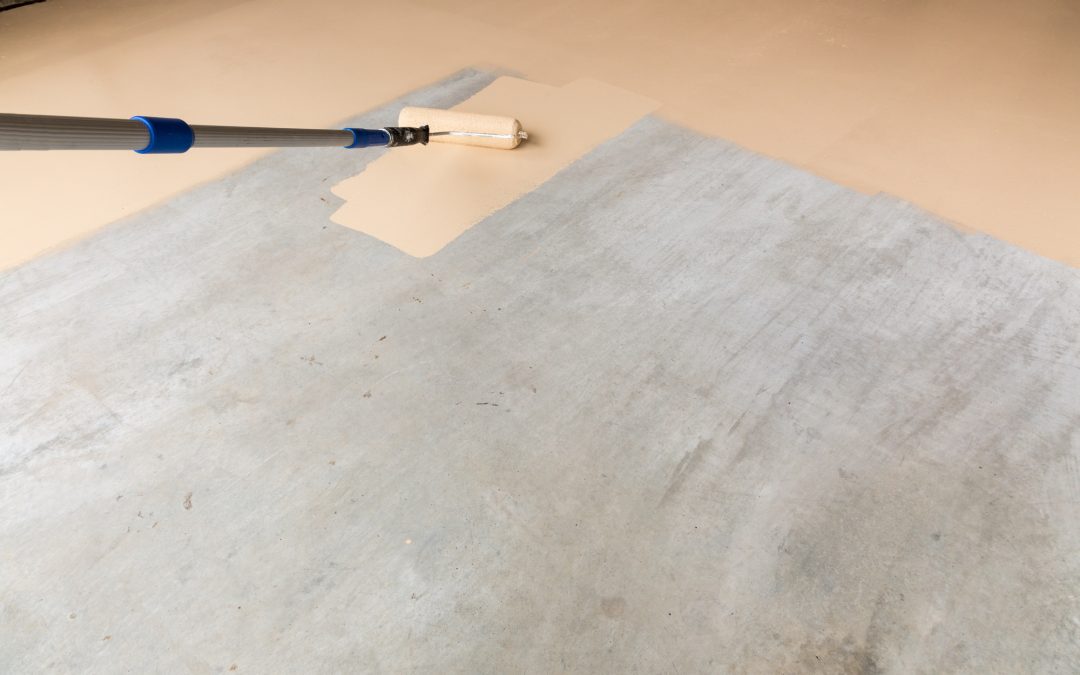The market for concrete floor coatings in the US was worth $304.8 million in 2020. Are you among the many Americans thinking about having the concrete floor of your garage, basement, or commercial space coated? Would you like more information about the process?
Prepping the floor is a critical step in the installation of your coating. The concrete surface profile is a key part of this preparation. Learn more about concrete surface profile standards and how they help ensure that you get the coating result you’re looking for.
What Is a Concrete Surface Profile?
A concrete surface profile (CSP) tells you how rough the surface of your concrete floor is. It’s a way to measure how effectively the floor has been prepared for a coating or overlay.
Getting the right concrete surface profile is important. The CSP determines how well the floor will react with the coating. The surface needs to be rough enough for the coating to soak in but not so rough that the finished surface texture isn’t what you wanted.
Importance of Concrete Surface Preparation
Preparing the concrete surface before applying any coating is extremely important. It helps ensure that the coating adheres and sets properly.
Poor surface preparation can cause the floor to wear faster. You may have peeling or other problems.
Proper preparation includes creating the right concrete surface profile and thoroughly cleaning the surface. This part of the process removes substances like paint, other coatings, and contaminants like oil and dirt. Repairing any cracks or pits in the concrete is also important before applying a new coating.
Concrete Surface Profile Standards
The International Concrete Repair Institute established the standard for concrete surface profiles. These ratings use a scale from 1 to 10. A higher number means a rougher surface.
Earlier versions of the standard had 9 surface profiles. The latest version from 2013 added a tenth.
Coating Types for Each Concrete Surface Profile Rating
Thicker coatings need a higher CSP. Ratings from 6 through 10 often involve concrete repair rather than just a coating. Each CSP is appropriate for certain types of coatings:
- CSP 1: Use with sealers
- CSP 2: Use with sealers or thin film coatings
- CSP 3: Use with thin film or high-build coatings
- CSP 4: Use with high-build or self-leveling coatings
- CSP 5: Use with high-build or self-leveling coatings and polymer or concrete overlays
- CSP 6: Use with self-leveling coatings and polymer or concrete overlays
- CSP 7-9: Use with polymer or concrete overlays
- CSP 10: Use with concrete overlays
Concrete surface profile 1 through CSP 5 are the most common. Many residential projects only need preparation to CSP 2.
Methods for Reaching Each Concrete Surface Profile
You need different preparation methods to get different CSPs. Several preparation methods can create more than one CSP depending on how you apply them:
- Detergent scrubbing: CSP 1
- Low-pressure water: CSP 1
- Acid etching: CSP 1, CSP 2
- Grinding: CSP 1, CSP 2, CSP 3
- Abrasive blasting: CSP 2, CSP 3, CSP 4, CSP 5
- Steel shotblasting: CSP 3, CSP 4, CSP 5, CSP 6, CSP 7, CSP 8
- Scarifying: CSP 4, CSP5, CSP 6, CSP 7, CSP 8, CSP 9
- High-pressure water jetting: CSP 6, CSP 7, CSP 8, CSP 9
- Scabbling: CSP 7, CSP 8, CSP 9, CSP 10
- Flame blasting: CSP 8, CSP 9, CSP 10
- Milling or roto-milling: CSP 9, CSP 10
Scarifiers are also called surface planers or milling machines. A scarifier has rows of toothed washers on steel rods mounted to a rotating steel drum. Scarifying removes material faster and more aggressively than a grinder.
Scabbling removes the surface layer of the concrete using pressurized air equipment. The compressed air pounds piston-mounted bits into the concrete surface.
How to Measure Concrete Surface Profile
Surface profile measurements are in units of mils or microns. Mils are thousandths of an inch, and a micron is one-millionth of a meter. Several quantitative methods are available to measure CSP.
Replica Tape
Replica tape is tape with a layer of crushable foam. It temporarily adheres to the surface of the concrete to record a reverse copy. You can then measure the peaks and valleys on the tape.
Replica Putty
Replica putty is similar to replica tape. You mix the putty together and apply it to the concrete surface.
You can compare the hardened putty to the standard ICRI concrete surface profile chips. You can also measure it with a micrometer.
Laser Profilometry
Laser profilometry or laser striping creates a map of the concrete surface using a laser. The profilometer projects a laser beam onto the concrete surface. It calculates the distance from the source of the laser to points on the concrete surface based on how long it takes the light to reflect back to the receiver.
Sand Spread Test
A sand spread test provides the average depth of the concrete’s texture. You spread a known quantity of sand on the concrete surface and measure how much area the sand covers.
ICRI Comparator Chips
Rubber comparator chips showing each concrete surface profile are commercially available from ICRI. These chips work like paint color samples. You compare the ICRI chips to your surface and choose the one that it matches most closely.
This method is subjective. However, it’s also very practical and usually quite effective.
Getting the Right CSP
Getting the right concrete surface profile is a critical step to ensure your new floor coating turns out just right. The professionals at Garage Force have the knowledge and experience to give your floor the best possible preparation.
Our coating systems give you a stronger finish than epoxy. They resist yellowing and chemical damage. You have a variety of styles and colors to choose from, so you get just the look you want.
Contact us today to start designing the new look of your concrete floor.

